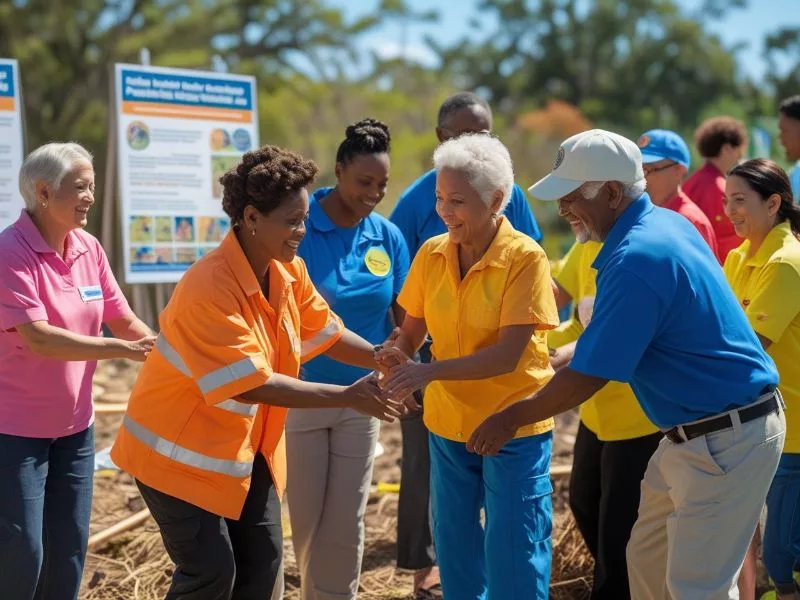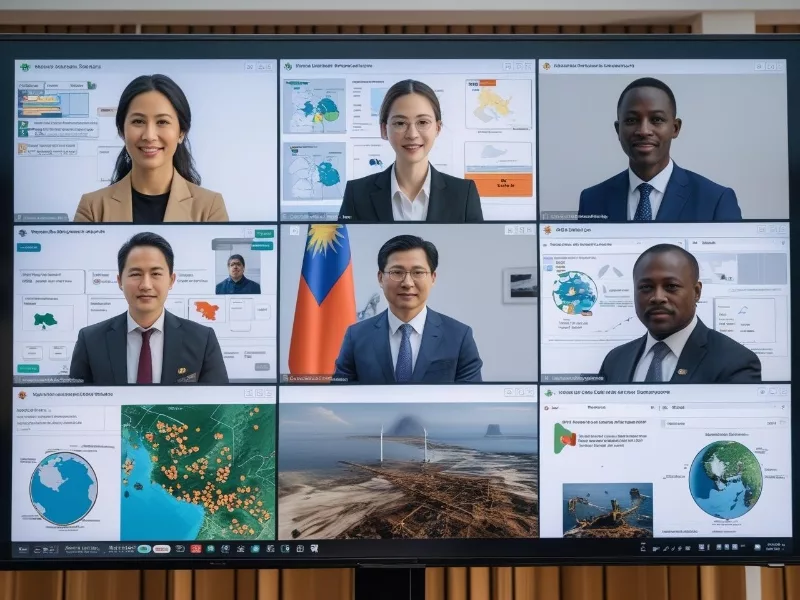Table of Contents

Understanding the difference between these two is key to preparing and protecting oneself. With natural emergencies, having the right gear and knowledge can make all the difference. For technological ones, staying informed about security measures and having backup plans helps fortify against potential mishaps.
It’s fascinating how different these seem, yet both carry heavy consequences for society at large. Natural emergencies often come with a warning—like storm alerts or seismic activity reports—that give folks a heads up. Technological emergencies, though, might spring up with little to no foresight, increased largely in today’s connected world.
Power Grid Down/Up
On the flip side, technological emergencies stem from human innovation gone awry. Picture a cyber-attack taking down vital online services or a nuclear power plant facing a meltdown or even an EMP, or an(Electromagnetic Pulse), being detonated over our air-space. These are the kinds of emergencies manufactured through our dependence on and invention of technology and can sometimes be linked back to failures in machinery or software, but are often-times caused by the same humans who created them.

The Human Element: Preparedness and Prevention

Community Response and Natural Disaster Education and Practice
Being ready is half the battle when it comes to handling emergencies, whether they’re natural or technological. Humans are pretty vulnerable to both types, but preparedness can really boost resilience.
Community awareness plays a crucial role in facing natural disasters. Simple steps like having an emergency kit at home or knowing evacuation routes might sound small, but they can save lives. Education programs aimed at raising awareness about these emergencies help ensure folks know what to do when things turn dicey.
On the technological side, leveraging tech itself can prevent or lessen the effects of these crises. For instance, using advanced cybersecurity measures can protect against potential cyber threats. Awareness and training about technological issues, like understanding phishing or safe online behavior, empower people to act as the first line of defense.
Successful responses aren’t just luck. They’re born from practice and prior preparedness. Take the example of communities that prepare for hurricanes through regular drills and community meetings. That preparation has made them more adaptable and resilient when storms hit.
Global Disaster Response Cooperation
Governments and organizations pool resources and information, creating a web of support that can include international partners. By working together and sharing expertise, these entities help prevent emergencies from spiraling out of control. Building a sturdy foundation that handles emergencies effectively often relies on these collaborations.

Technology plays a huge role in how we respond, especially to natural disasters. Drones, for example, are game-changers. They give rescuers eyes in dangerous places, help deliver aid, and even identify survivors in areas too risky for humans to go. Artificial Intelligence helps too, by predicting patterns and coordinating resources efficiently.
Responses to natural emergencies usually differ from technological ones in terms of complexity and speed. A flood might demand immediate physical aid, while a data breach requires a strategic approach to patch vulnerabilities before they lead to larger issues.
Community resilience becomes crystal clear once the immediate crisis is over. It’s during recovery efforts that the spirit of solidarity shines. Previous disasters showcase this human resilience, where communities band together, helping and supporting each other to rebuild lives.
Support doesn’t end at basic needs. Mental health is crucial during recovery. Crises take a toll on psychological well-being, and proactive mental health support can guide people toward healing and renewal.
Future Perspectives: Bridging Gaps for a Safer World
The world is changing, and it’s crucial we keep up, especially given the dynamic nature of natural emergencies. Climate change is a major player here, shifting weather patterns and making natural events more unpredictable. Adapting to these changes means embracing resilience and innovation, incorporating cutting-edge tech in our early warning systems.

Bridging the Gap
On the technological front, strengthening infrastructure and developing robust technologies can safeguard against emerging threats. Cybersecurity is no longer just an IT department issue — it’s a global concern. Crafting policies that address these threats needs collaboration among countries and industries, focusing on shared learning and mutual assistance.
AI and other emerging technologies like machine learning hold promise for streamlining emergency management. Predicting disasters more accurately, optimizing resource allocation, and enhancing communication frameworks can transform how crises are handled, ultimately saving more lives.
Real-life stories of folks stepping up during crises are a testament to the human spirit. When ordinary people do extraordinary things, it shows what’s possible when communities come together, informed, prepared, and willing to act swiftly. These personal contributions often make all the difference during emergencies.
As we move forward, maintaining a balance between natural and technological advances can help foster a safer environment. It’s not just about reacting faster, but also about preventing problems before they arise, creating a world where people are equipped, confident, and ready to face what comes next.
